From Mike Isaac at the NYTimes:
At 9:30 on most weeknights, Ricky Lopez, the head chef and owner of Top Round Roast Beef in San Francisco, stacks up dozens of hot beef sandwiches and sides of curly fries to serve hungry diners.
He also breads chicken cutlets for another of his restaurants, Red Ribbon Fried Chicken. He flips beef patties on the grill for a third, TR Burgers and Wings. And he mixes frozen custard for a dessert shop he runs, Ice Cream Custard.
Of Mr. Lopez’s four operations, three are “virtual restaurants” with no physical storefronts, tables or chairs. They exist only inside a mobile app, Uber Eats, the on-demand meal delivery service owned by Uber.
I think this is the future. Pizza and Chinese food opened the door to Americans experiencing delivery, and now everyone is hopping in.
Food delivery apps like Uber Eats, DoorDash and Grubhub are starting to reshape the $863 billion American restaurant industry. As more people order food to eat at home, and as delivery becomes faster and more convenient, the apps are changing the very essence of what it means to operate a restaurant.
[…]
The shift has popularized two types of digital culinary establishments. One is “virtual restaurants,” which are attached to real-life restaurants like Mr. Lopez’s Top Round but make different cuisines specifically for the delivery apps. The other is “ghost kitchens,” which have no retail presence and essentially serve as a meal preparation hub for delivery orders.
As cities get denser and costs rise, I wonder if participating in delivery will be a necessity for every restaurant that isn’t 30 dollars a plate.
Yet even as delivery apps create new kinds of restaurants, they are hurting some traditional establishments, which already contend with high operating expenses and brutal competition. Restaurants that use delivery apps like Uber Eats and Grubhub pay commissions of 15 percent to as much as 30 percent on every order. While digital establishments save on overhead, small independent eateries with narrow profit margins can ill afford those fees.
I could see a future where this leads to restaurants unionizing.
After he offered delivery through the apps in 2016, his business teetered. Two of his five pizzerias, which together had generated annual profits of $50,000 to $100,000, lost as much as $40,000 a year as customers who had ordered directly from Escape From New York switched to the apps. That forced Mr. Geffner to pay the commissions.
“We saw a direct correlation between the delivery services and the reduction of our income,” Mr. Geffner said. “It was like death by a thousand cuts.”
The way technology is approaching food obviously has room for lots of improvement. I’m sure we’ll be talking a lot more about this in the next decade—for better or worse.
